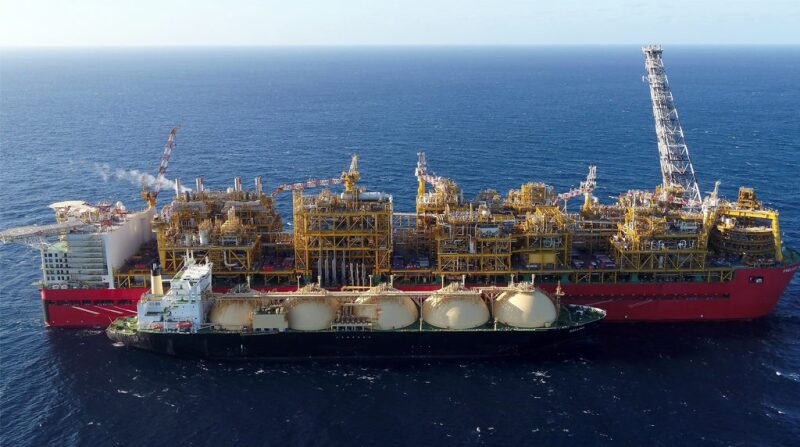Shell expects global liquefied natural gas (LNG) demand to reach 700 million tonnes by 2040, with Asia responsible for three-fourths of the forecast demand growth according to the major’s latest annual LNG Outlook.
For instance, China’s heavy-duty transport sector consumed nearly 13 million tonnes of LNG in 2020, almost doubling from 2018, to serve the fast-growing fleet of well over 500,000 LNG-fueled trucks and buses. LNG-fueled shipping is also growing, with the number of vessels expected to more than double and global LNG bunkering vessels set to reach 45 by 2023.
The study found global LNG trade increased to 360 million tonnes in 2020, despite volatility caused by the COVID-19 pandemic which resulted in lockdowns around the world. Demand in 2019 stood at 358 million tonnes.
“LNG provided flexible energy which the world needed during the COVID-19 pandemic, demonstrating its resilience and ability to power people’s lives in these unprecedented times,” said Maarten Wetselaar, Integrated Gas, Renewables and Energy Solutions director at Shell.
“Around the world countries and companies, including Shell, are adopting net-zero emissions targets and seeking to create lower-carbon energy systems. As the cleanest-burning fossil fuel, natural gas and LNG have a central role to play in delivering the energy the world needs and helping power progress towards these targets.”
Global LNG prices hit a record low early in the year but ended the 12-month period at a 6-year high as demand in parts of Asia recovered and winter buying increased against tightened supply.
China and India led the recovery in demand for LNG following the outbreak of the pandemic, the outlook found. China increased its LNG imports by 7 million tonnes to 67 million tonnes, an 11% increase for the year.
China’s announcement of a target to become carbon neutral by 2060 is expected to continue driving up its LNG demand through the key role gas can play in decarbonizing hard-to-abate sectors, namely buildings, heavy industry, shipping, and heavy-duty road transport.
India increased imports by 11% in 2020 as it took advantage of lower-priced LNG to supplement its domestic gas production.

